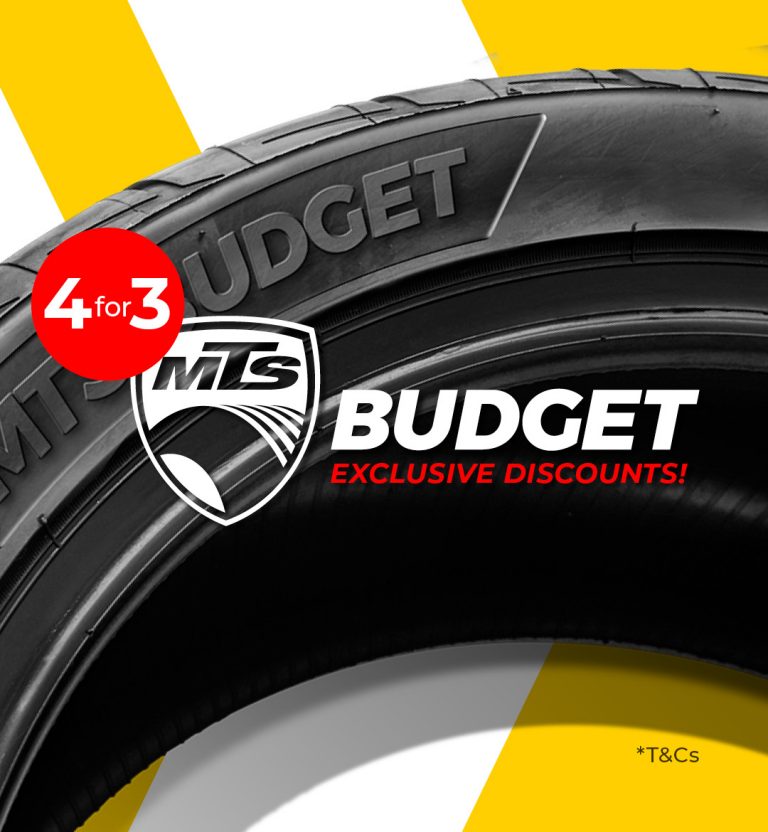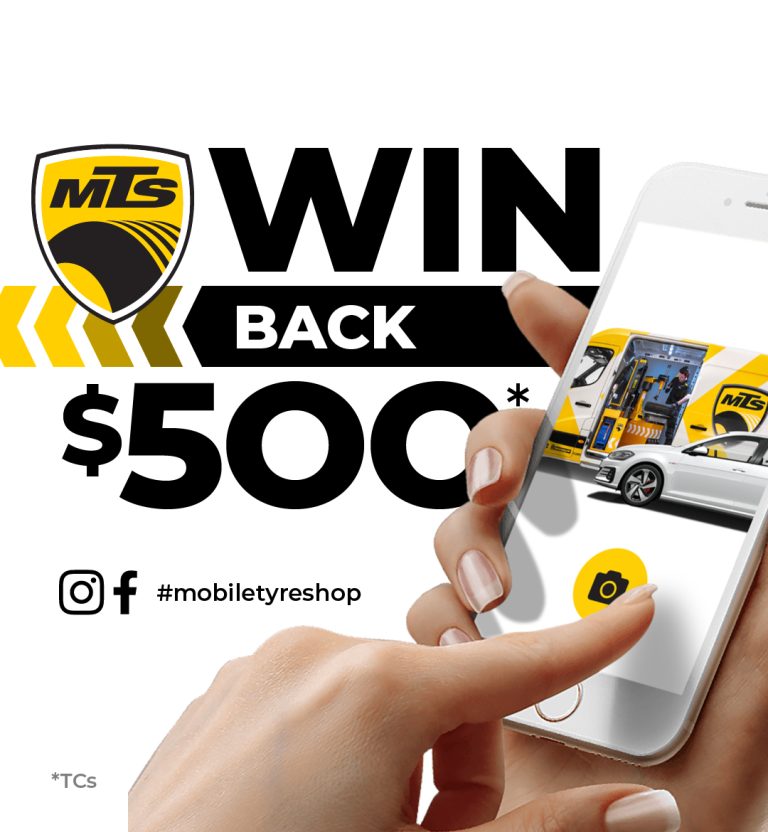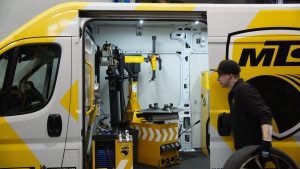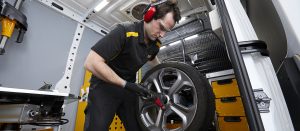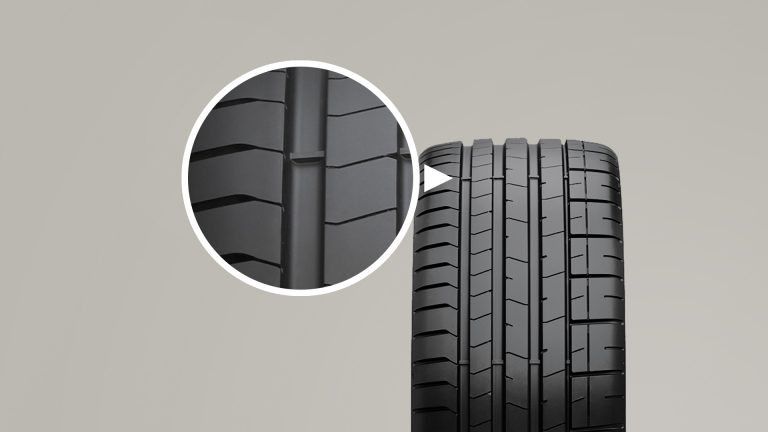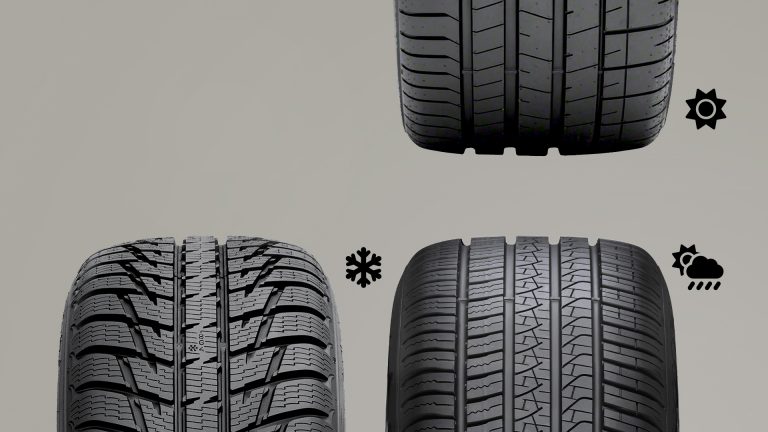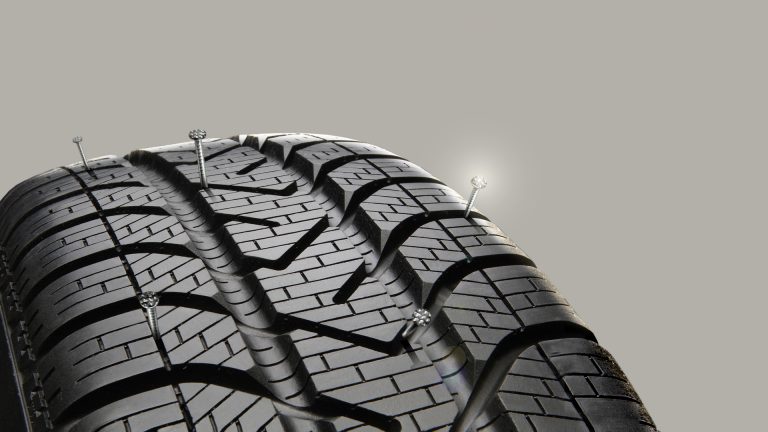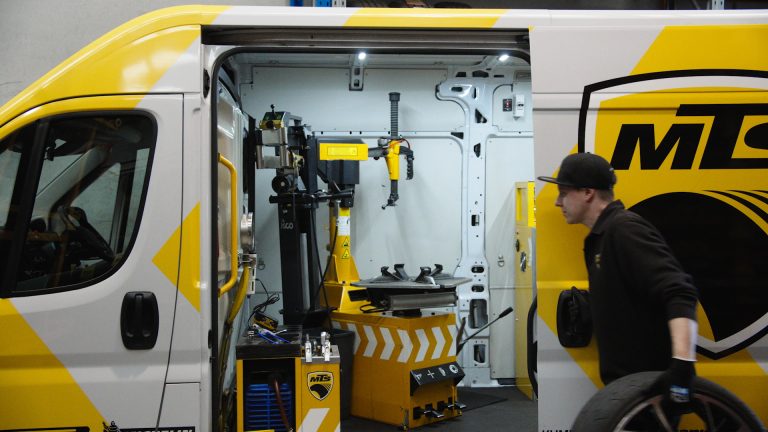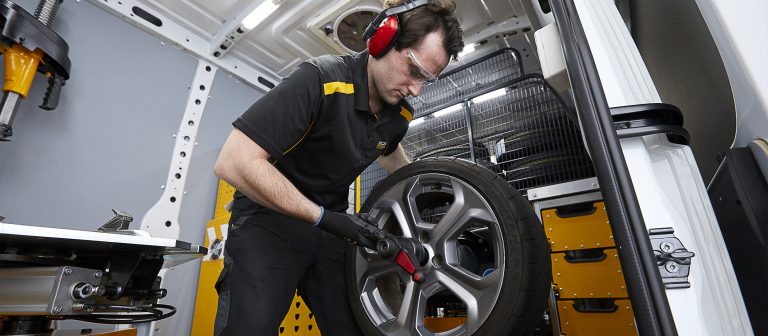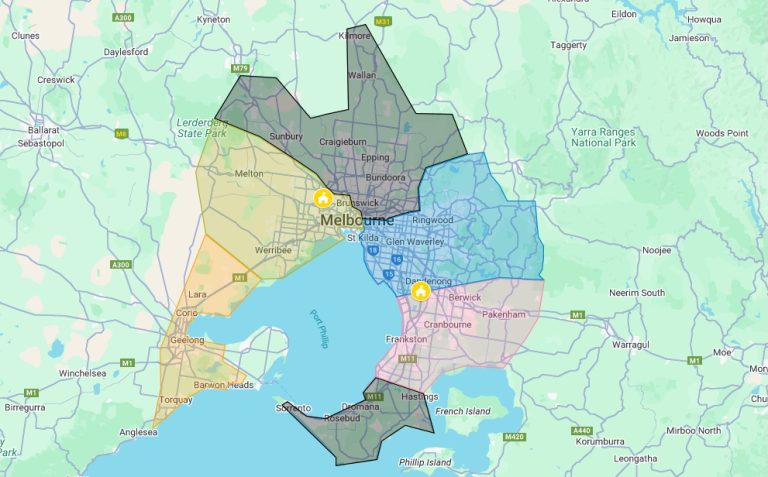01 Jun 2023
The pros and cons of puncture repair
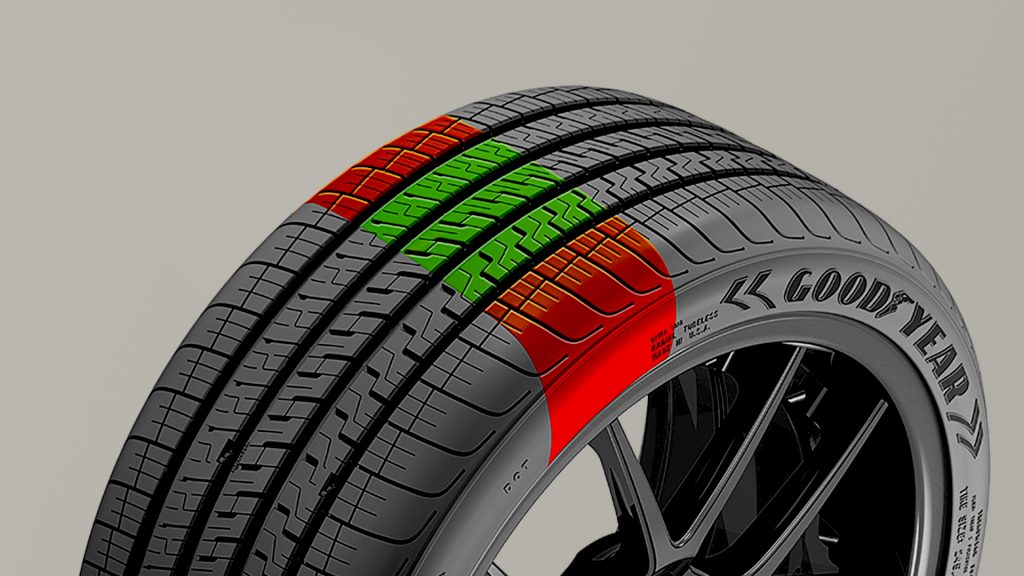
Keeping your tyres in good condition is just as important as making sure your vehicle’s engine runs smoothly. Remember the last time you hit a pothole? Or even just random pieces of debris on the road? Any of those innocuous events could easily have damaged your tyres. This guide will go over the different types of damage, how to avoid it happening again and your repair options.
Types of puncture
There is not just one sort of puncture. They can be severe and instantly deflate your tyre or they can be tiny and result in a slow deflation of the tyre. Both happen when a sharp object, such a nail or small shard of metal, penetrates the tyres (or inner tube if you don’t have tubeless tyres).
Slow punctures
Slow punctures are often less noticeable and gradually diminish the handling of your vehicle over time.
Severe punctures
Severe punctures (or blow-outs) are instantaneous and can have catastrophic effects on your tyre and the handling of your vehicle.
It can be hard to avoid a puncture: the debris that causes one can be impossible to spot on the road before you. Nonetheless, when driving always watch the road ahead well to avoid potholes and foreign objects, and inspect your tyres regularly for any signs of damage.
Puncture repair with Mobile Tyre Shop
People often ask: do the Mobile Tyre Shop repair punctured tyres? Absolutely, as long as they meet our inspection criteria, we’re fully equipped to.
Take a look at the image above. In line with Australian safety standards, Mobile Tyre Shop can repair a puncture if it has occurred in the repairable zone (highlighted in green), there’s no evidence of damage to the sidewall (the red zone), and the angle and size of the puncture itself are within legal limits.
Your tyres must be in roadworthy condition, too. That’s why we always remove a tyre when we inspect a puncture.
If a tyre’s been driven upon while flat, it can overheat, and the rubber within can melt and congeal. This compromises the tyre’s structural integrity and is a clear reason why you should never judge a puncture by its cover!
Repairing a puncture yourself with a puncture repair kit
Using a tyre puncture repair kit is a relatively straight-forward process that can help you repair a flat tyre temporarily until you can get it replaced or repaired professionally.
Here is a step-by-step guide on how to use a tyre puncture repair kit:
- Safety first: Find a safe location to park your vehicle, away from traffic. Turn on your hazard lights, and apply the parking brake. If you have warning triangles or safety cones, place them around your vehicle to alert other drivers.
- Locate the puncture: Inspect the tyre for the puncture, which could be a nail, screw, or any other sharp object lodged in the tyre.
- Prepare the repair kit: Assemble your puncture repair kit, which should include a T-handle reamer, T-handle insertion tool, repair plugs or strips, rubber cement (optional), and a pair of pliers.
- Remove the puncturing object: Carefully use the pliers to remove the object causing the puncture. Be aware that air will escape rapidly once you remove the object.
- Ream the hole: Insert the T-handle reamer into the puncture hole and push it in and out several times to clean and even out the hole. This will create a proper surface for the repair plug to adhere to.
- Prepare the repair plug: Take a repair plug or strip and thread it through the eye of the T-handle insertion tool until it’s centered.
- Apply rubber cement (optional): Some repair kits include rubber cement, which can help create a better seal. If your kit has this, apply a thin layer of cement to the repair plug before inserting it into the hole.
- Insert the repair plug: Push the T-handle insertion tool with the repair plug into the puncture hole until about two-thirds of the plug is inside the tyre. Make sure not to push the plug all the way through.
- Remove the insertion tool: Carefully pull the T-handle insertion tool straight out without twisting, leaving the repair plug in the tyre. The plug should seal the puncture hole, with both ends of the plug sticking out of the tyre.
- Trim the excess plug (optional): You can use a knife or scissors to trim the excess plug material sticking out of the yire, but this step is not necessary.
- Inflate the tyre: Use an air compressor or a portable tyre inflator to inflate the tyre to the recommended pressure. You can find the correct pressure on the tyre sidewall or in your vehicle’s owner’s manual.
- Check for leaks: Apply soapy water around the puncture site and look for bubbles. If bubbles form, the repair is not airtight, and you may need to repeat the process or seek professional help.
- Replace the tyre if necessary: Although the tyre puncture repair kit can provide a temporary solution, it’s essential to have the tyre inspected by a professional and replace it if needed, especially if the puncture is near the sidewall or if the tyre is severely damaged.
Remember that a tyre puncture repair kit is a temporary fix, and you should visit a professional tyre repair shop or get your tyres replaced as soon as possible to ensure your safety on the road.
Got a puncture and need a hand? Get in touch with Mobile Tyre Shop.
Our vans are equipped with all the latest tyre changing technology – from puncture repair equipment to a full tyre-changing unit, computerised wheel balancer and all the necessary pneumatic, lifting and safety equipment. We can repair punctures for everything from a car to a light commercial vehicle, a trailer to a caravan, a spare wheel to wheelbarrow.
We’re not a roadside assistance service with a temporary outcome, though. If your tyres are in good nick and are repairable, our puncture repairs are permanent and professional, comply with all Australian safety standards and are fully guaranteed.
For more info on Mobile Tyre Shop’s puncture repair service, click here.





